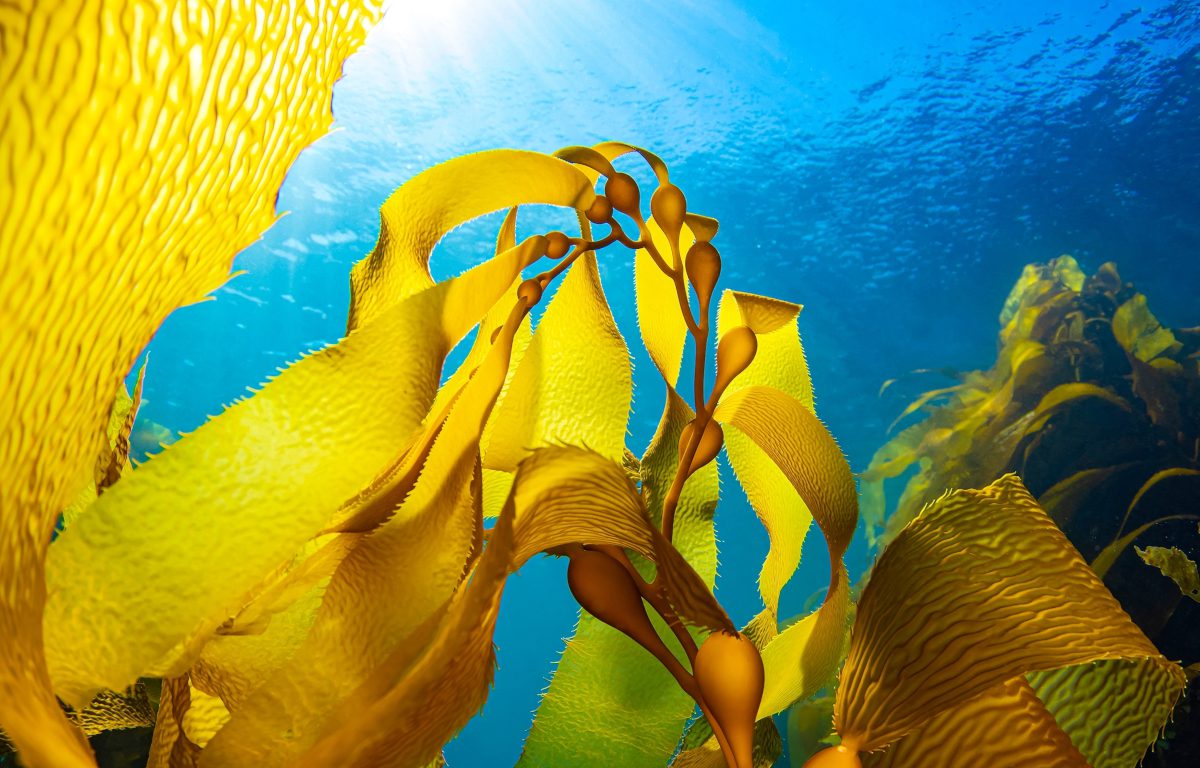
A recent project brings together kelp farming and underwater robotics to monitor and restore aquatic ecosystems. The work seems to present a novel and original approach to managing ocean health.
Undertaken by a partnership between the University of Graz, kelp farming expert Carbon Kapture and the BioDiMoBot project, the work seems to show how nature and technology can work together to tackle both climate change and biodiversity loss.
BioDiMoBot is a mobile robotic platform designed to monitor biodiversity and ecosystem stress in real time. It can operate autonomously in lakes, rivers, and coastal waters, collecting long-term data using a mix of physical sensors, novel biohybrid technology, and AI-supported analysis. BioDiMoBot is unusual in being able to capture detailed behavioural and environmental signals to reveal subtle changes in ecosystem health before they become critical.
“Understanding biodiversity loss in aquatic systems requires better tools,” said Professor Ronald Thenius, Coordinator and Principal Investigator at the University of Graz.
“Carbon Kapture is an important stakeholder in the project. They bring critical insight into kelp farming, carbon sequestration and aquaculture – areas where we as developers of sensory systems really benefit from their expertise.”
Kelp farming plays a central role in the project’s vision. Seaweed is not only one of the fastest-growing plants on Earth, it’s also a natural carbon sink and biodiversity booster. Carbon Kapture’s experience growing kelp for large-scale carbon removal adds a vital applied dimension to the work, bridging research and field deployment.
“Nature isn’t just something to protect, it’s a key part of the solution,” said Paul Rees, Chief Revenue Officer at Carbon Kapture.
“Kelp farming offers a rare combination of carbon drawdown, biodiversity regeneration and economic opportunity. With BioDiMoBot, we now have the ability to measure those benefits clearly and share that data with scientists, policymakers and the public.”
The collaboration is especially timely as the EU sharpens its focus on water quality, biodiversity protection, and digital transformation. BioDiMoBot’s open data approach and scalable design position it as a valuable tool for both policy compliance and scientific discovery. It’s capable of detecting early signs of stress from pollution, warming or habitat degradation, offering a potential early warning system for marine environments.
“This is what the future of conservation looks like,” added Howard Gunstock, CEO of Carbon Kapture.
“By combining data and nature, we’re not just trying to reduce damage, we’re building systems that help restore balance. This partnership shows what’s possible when we stop thinking in silos and start joining forces.”
The project has received funding from the European Union’s Horizon Europe programme and is already gaining attention as a model for cross-sector collaboration. With BioDiMoBot providing the technical foundation, and Carbon Kapture ensuring real-world application, this partnership represents a new chapter in how we measure, manage and protect aquatic ecosystems at scale.




